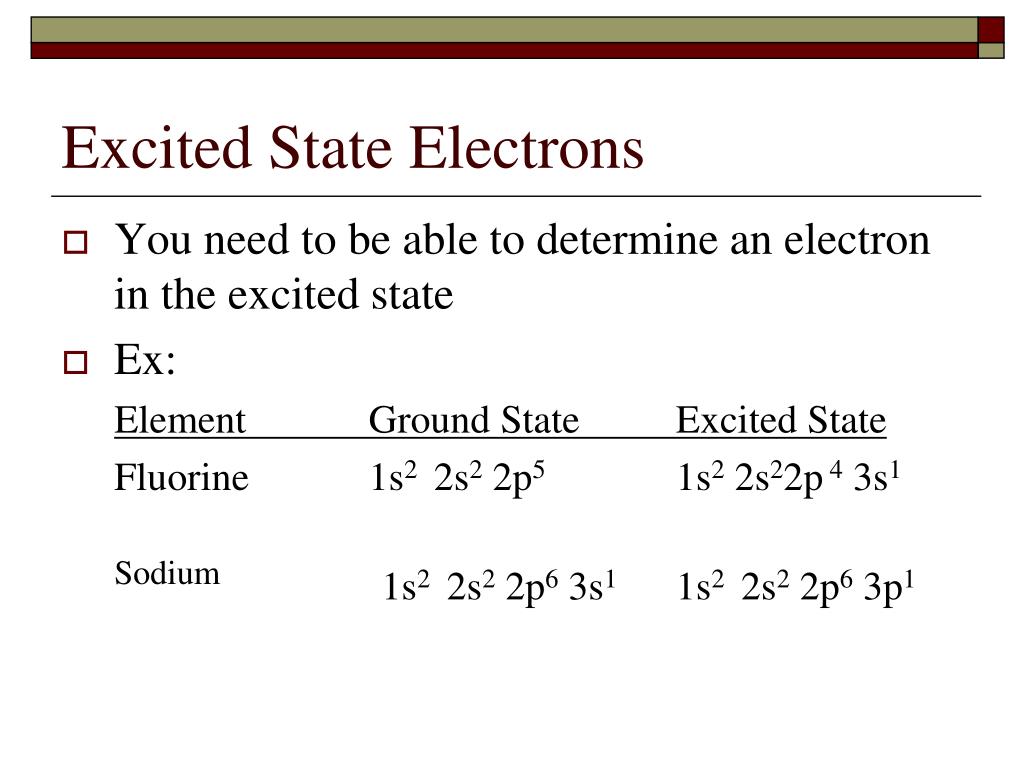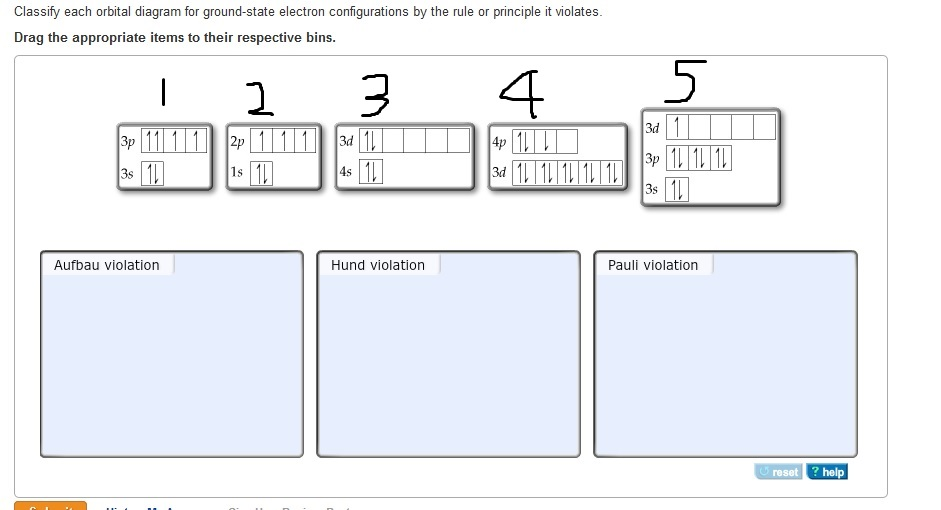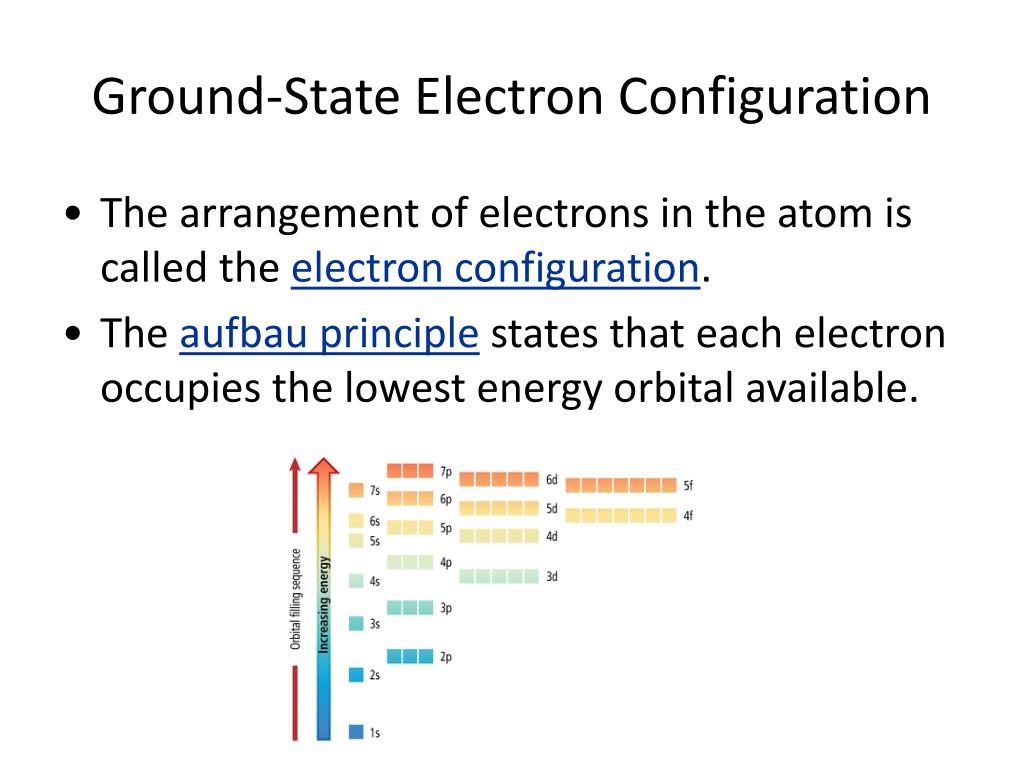
If you look up the actual electron configuration for other d- and f-block elements, you will see there are some patterns, and similar things happen for other elements, but because they are so dependent on the delicate balance between energy levels, it is not possible to reliably predict them with simple rules for all elements. It would be nice if these empirical rules were consistent across the entire table, but unfortunately they are not. This, in combination with the decrease obtained from achieving a half-filled s orbital, ends up being enough to overcome the increase in energy required to move that electron to the 3d orbital in the first place. You get a slight energy decrease when all electrons are paired within a sub-shell. The difference is that the 4s electron moves into an almost-filled 3d shell in order to completely fill it.

In the case of copper, a similar thing happens. In the case of chromium, this means that one of the 4s electrons will go to the 3d orbital, resulting in two half-filled sub-shells where all electrons within each sub-shell have the same spin. As a result, when the energy levels of two successively filled sub-shells are already close together (as they are with 4s and 3d sub-shells), the slightly favored half-filled configuration can "win" over the energy increase needed to move an electron to an even-more-slightly higher energy level.

The commonly given reason for this is that the energy of a shell is minimized when the number of electrons with the same spin is maximized ( Hund's rule).

Chromium and copper are examples of elements with "anomalous" electron configurations, meaning that they don't follow the normal rules we use for populating the configurations of other elements.


 0 kommentar(er)
0 kommentar(er)
